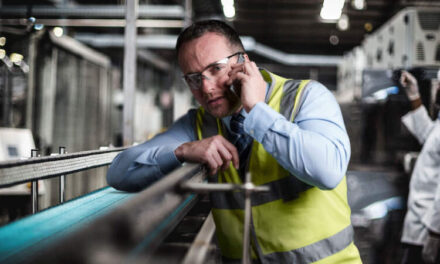Schneider Electric has announced that it is drastically stepping up its commitment to carbon neutrality with three new actions.

- The first is accelerating its 2030 goal of carbon neutrality by demonstrating carbon neutrality in its extended ecosystem by 2025, bringing forward its objective by five years
- The second is achieving net-zero operational emissions by 2030 as part of validated SBT target
- The third is engaging with suppliers towards a net-zero supply chain by 2050
These targets are expected to contribute to the Intergovernmental Panel on Climate Change’s (IPCC) goal of capping global temperature increase at 1.5°C. Schneider Electric is also calling on other companies to reduce emissions, offering support through products and services to help businesses streamline and find efficiencies within their own operations.
“Climate change is the single biggest threat to the health and well-being of our society. We must work together to reduce our carbon emissions and halt the rise in temperature.” says Jean-Pascal Tricoire, chairman and CEO at Schneider Electric.
In the move towards carbon neutrality, Schneider Electric has established several safety nets to ensure communities are not negatively impacted during the transition. The company’s Access to Energy program will provide electricity to 80 million by 2030 and train more than one million underprivileged people by 2025.
The company has two impact investing vehicles aimed to support inclusive startups, which activity contributes to SDG7 (clean and affordable energy), through equity investments. The expected outcomes of these vehicles are to increase the number of households and small and medium enterprises connected to the grid in remote areas (Africa, India and South East Asia), and to decrease the number of households facing energy poverty in Europe.
For the past 15 years, Schneider Electric has been committed to decarbonising itself and its customers through innovative offers and strategic alignments. The success of these initiatives will allow the company to move up its carbon neutral goal to 2025 and work towards a net-zero supply chain by 2050.




